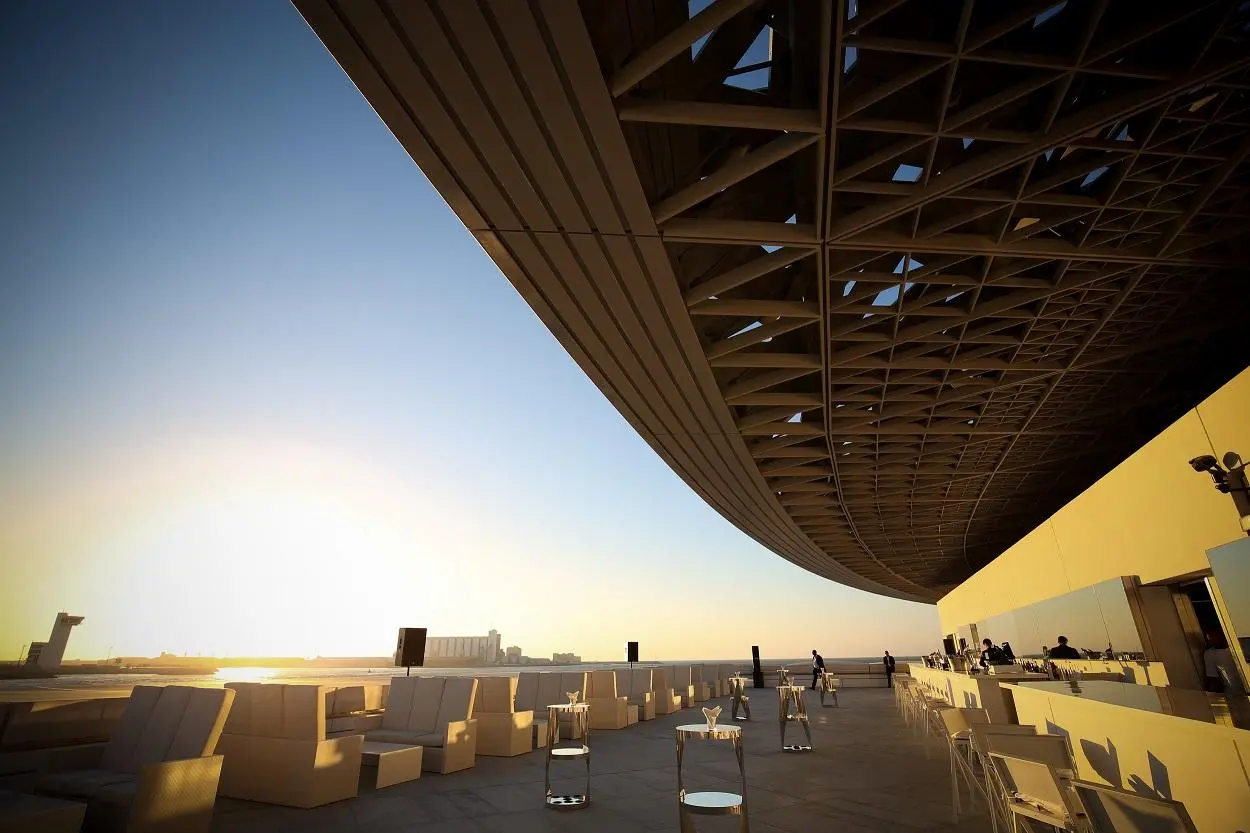PHOTO
The Abu Dhabi government has allocated a budget of half a billion United Arab Emirates dirhams for tourism marketing campaigns in the emirate to be spent over the next three years, the Department of Culture and Tourism (DCT) announced on Tuesday, adding that the Guggenheim Abu Dhabi project is ‘still active’.
According to DCT, Abu Dhabi drew over 10 million hotel guests in 2018, and the additional amount invested in marketing campaigns is aimed at raising the number of visitors by increasing awareness of the emirate locally, regionally, and internationally.
In addition to the local market, DCT identified seven key target markets. They are: China, United Kingdom, United States, Saudi Arabia, India, Germany, and Russia.
The government has allocated 40 percent of the funding to be spent in 2019 to leverage the upcoming major Expo 2020 event in Dubai, Saif Saeed Ghobash, undersecretary at DCT Abu Dhabi said at a media briefing in Abu Dhabi on Tuesday. A further 25 per cent of the budget has been allocated for spending in 2020 and 35 percent will be spent in 2021.
The new funding is aimed at raising Abu Dhabi’s status as a tourism and cultural destination in the region. It will highlight key attractions such as Louvre Abu Dhabi, Warner Bros. World and Yas Waterwold, among others.
In response to a question from Zawya on whether Abu Dhabi will see progress on any additional museums, including Guggenheim Abu Dhabi, within the next three years, Ghobash said in Arabic: “For Guggenheim Abu Dhabi, we now hold exhibitions in Manarat Al Saadiyat, and we have programmes in the educational sector with Guggenheim Abu Dhabi. The project is active and there will be announcements on more details soon.”
Guggenheim Abu Dhabi was one of three major museum projects earmarked for construction on Saadiyat Island when it was first announced in 2016, alongside Louvre Abu Dhabi (which opened in 2017) and the Zayed National Museum (which is yet to be built).
“If you just see the initiatives and events we’re conducting with Guggenheim Abu Dhabi, you’ll know that the project is still active,” Ghobash added.
“The national museum of Al Ain will be opened next year and we expect more investments in cultural entities, as these are important pillars in tourism, from museums to historical sites,” he said, adding that the opening of a new museum at the historic Qasr Al Hosn site had recently taken place. (Read more here).
The Abu Dhabi government has also reduced the municipal and tourism fees charged on hotel stays in the emirate, which is expected to result in one billion dirhams of savings for hotel owners over the next three years, according to Ghobash. The aim of this decision is to attract foreign investment to Abu Dhabi’s tourism sector and to increase the competitiveness of the emirate, Ghobash said, noting that tourism is identified as a key part of the emirate’s economic diversification plans.
DCT reduced municipal fees to 2 percent, from 4 percent; a municipality hotel room daily fee to 10 dirhams, from 15 dirhams; and tourism fees to 3.5 percent, from 6 percent. The reduction in the fees has been effective since October 2018, Ghobash told reporters on the sidelines of the event.
In September last year, the executive committee of Abu Dhabi Executive Council approved a three-year economic stimulus package for the emirate worth 50 billion dirhams. Around 20 billion dirhams of this has been allocated for spending this year under the initiative, known as ‘Ghadan 21’. (Read more here).
(Reporting by Nada Al Rifai; Editing by Michael Fahy)
Our Standards: The Thomson Reuters Trust Principles
Disclaimer: This article is provided for informational purposes only. The content does not provide tax, legal or investment advice or opinion regarding the suitability, value or profitability of any particular security, portfolio or investment strategy. Read our full disclaimer policy here.
© ZAWYA 2019












